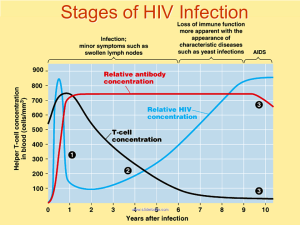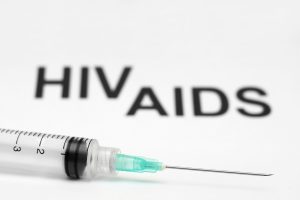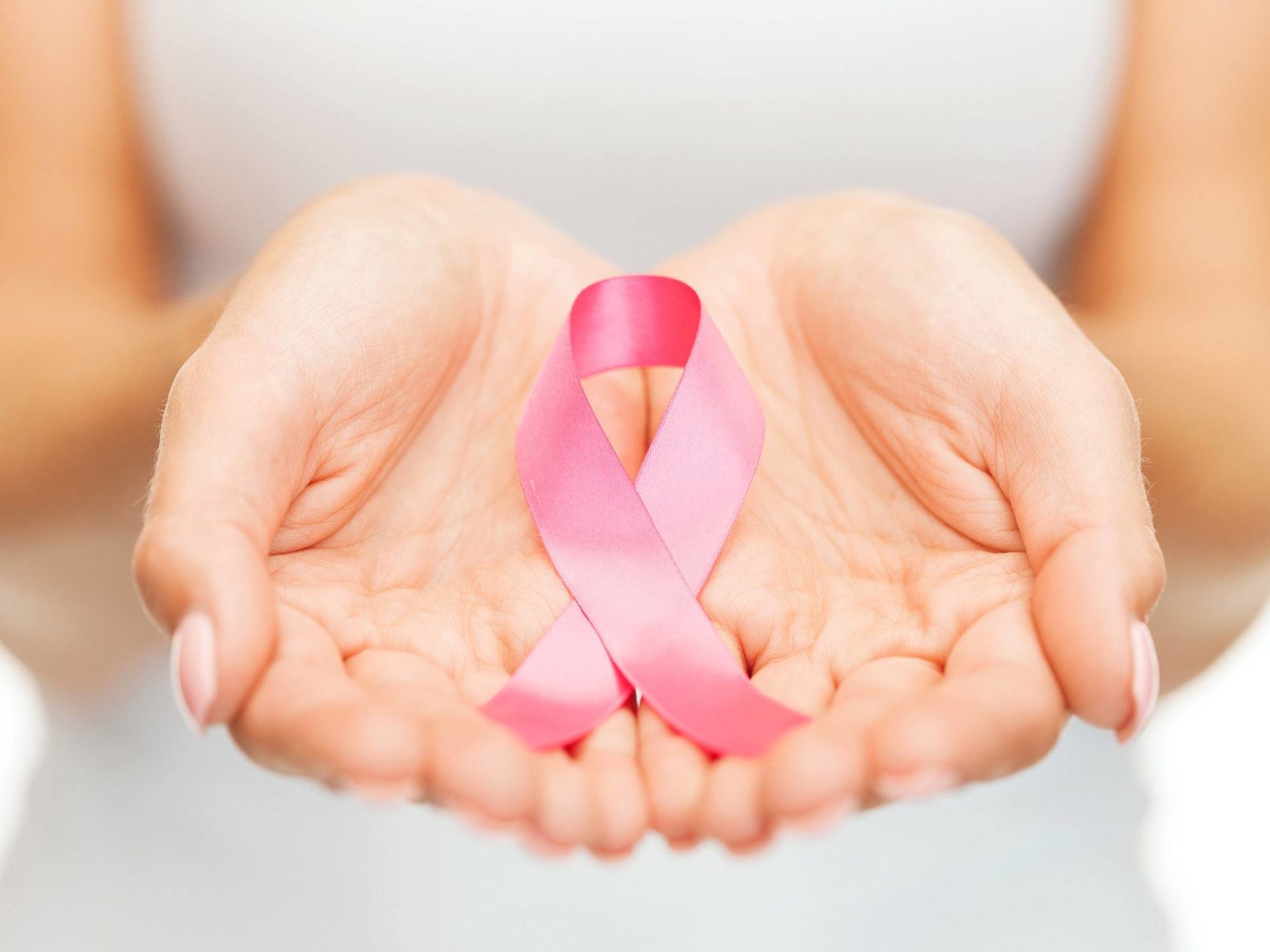Introduction
HIV, a virus intricately interwoven with the delicate fabric of the immune system, demands a nuanced exploration of its multifaceted journey. This comprehensive article endeavors to unravel the complexities of HIV Symptoms Timeline progression, delving into the distinct stages, preventive measures, and the overarching prognosis. By understanding the intricate dance between the virus and the body’s defenses, individuals can empower themselves to make informed decisions for a healthier future.
Stages of HIV
Acute HIV Infection (Stage 1)
The initiation of the HIV journey unfolds with the acute stage, a pivotal period marked by rapid viral replication within 2-4 weeks of exposure. This phase is characterized by flu-like symptoms, including fever, fatigue, and swollen glands. The urgency of early testing becomes evident as not everyone exhibits these indicators, allowing HIV to stealthily progress without a trace.
Chronic HIV Infection (Stage 2)
Transitioning from the acute phase, untreated HIV enters a chronic stage, aptly termed “clinical latency.” Here, viral replication persists at low levels, creating an asymptomatic landscape. Despite the absence of overt symptoms, the risk of transmission endures. Modern antiretroviral drugs emerge as transformative agents, halting progression and ushering in an era of “undetectable equals untransmittable.”
Advanced HIV (Stage 3 or AIDS)
At the pinnacle of the HIV journey lies the advanced stage, clinically recognized as AIDS. This stage materializes when the immune system is grievously compromised, rendering it incapable of warding off infections. Antiretroviral drugs emerge as a beacon of hope, sustaining immune strength and preventing the descent into this critical stage. The symptomatology is diverse, encompassing night sweats, chronic diarrhea, and various skin issues.

Prevention and Treatment
Antiretroviral Therapy (ART)
The cornerstone of HIV management resides in Antiretroviral Therapy (ART). This intricate treatment not only quells viral activity but also bestows resilience upon the individual’s immunity, extending life expectancy. The adherence to the prescribed medication regimen emerges as a linchpin for effectiveness, culminating in the desirable outcome of an undetectable viral load.
Postexposure Prophylaxis (PEP)
For those teetering on the precipice of recent HIV exposure, Postexposure Prophylaxis (PEP) stands as an emergency bastion. Administered within a critical 72-hour window, PEP assumes the role of a vigilant guardian, preventing the insidious establishment of HIV infection. The narrative pivots on prompt action and heightened awareness to maximize efficacy.
Lifestyle Factors
Beyond the realms of conventional medical interventions, an intricate tapestry of lifestyle choices emerges as a significant influencer in the trajectory of HIV progression. Strategies spanning the spectrum from infection avoidance and stress reduction to regular exercise, condom use, a balanced diet, and the cessation of smoking collectively contribute to immune system robustness and overall well-being.

Factors Influencing Progression
Uncontrollable Factors
In the intricate dance of HIV progression, certain factors elude individual control. Age, genetics, the specific HIV subtype, the state of overall health preceding infection, and the presence of concurrent infections collectively shape the unique trajectory of the disease.
Frequently Asked Questions
Responding to the queries that punctuate the HIV narrative, this section unravels the tapestry of recognizing acute symptoms, the duration of asymptomatic infection, and the velocity at which symptoms manifest. Emphasis is placed on the pivotal role of testing and the strategic interventions embodied by PEP.
Outlook for Individuals with HIV
The nexus between consistent access to and unwavering adherence to antiretroviral therapy undeniably casts a profound impact on the life expectancy and quality of life for individuals navigating the labyrinth of HIV. In this paradigm, effective treatment becomes the catalyst for a trajectory that mirrors the longevity and vitality of those untouched by the virus.
Beyond the confines of symptomatic relief, effective medication orchestrates a transformative shift in the landscape of HIV management. Modern treatments unfurl a tapestry of hope, weaving together improved outcomes and a narrative that defies the ominous shadows of the past.
In conclusion
this expedition into the spectrum of HIV endeavors to be a compass, guiding individuals through the intricate terrain of stages, preventive measures, and the overarching outlook. Armed with knowledge, early interventions, and a nuanced understanding of lifestyle choices, individuals can navigate the intricacies of HIV with a compass calibrated for a future imbued with informed decision-making and a steadfast commitment to well-being.




